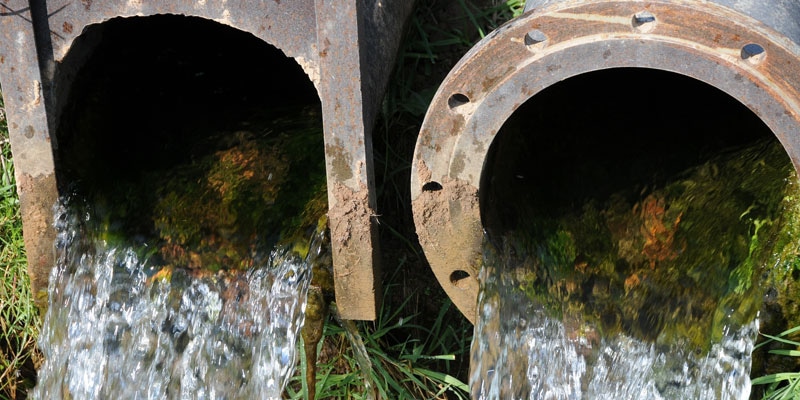Jun 12 2018
Scientists have found that water samples from rivers in the UK contained considerably higher concentrations of microplastics downstream from wastewater treatment facilities.
 Credit: University of Leeds
Credit: University of Leeds
In one of the initial studies to establish probable sources of microplastics pollution, researchers from the University of Leeds measured microplastics concentrations up as well as downstream of six wastewater treatment facilities.
They discovered all the facilities were linked to an increase in microplastics in the rivers — on average up to three times higher but in one case by a factor of 69.
Lead author Dr Paul Kay, from the School of Geography at Leeds, said: “Microplastics are one of the least studied groups of contaminants in river systems. These tiny plastic fragments and flakes may prove to be one of the biggest challenges in repairing the widespread environmental harm plastics have caused. Finding key entry points of microplastics, such as wastewater treatment plants, can provide focus points to combating their distribution.
However, pervasive microplastics were also found in our upstream water samples. So while strengthening environmental procedures at treatment plants could be a big step in halting their spread, we cannot ignore the other ways microplastics are getting into our rivers.
Dr Paul Kay, Lead author, The School of Geography at Leeds
Microplastics are pieces of plastic having a diameter less than 5 mm. They come from a wide variety of materials including minute plastic beads found in beauty and health products, plastic flakes that break down from packaging, and plastic fibers from clothing.
On top of exposing river ecosystems to the pollutants found in microplastics, a large quantity continues to travel downstream and is then flushed into the sea, posing an additional danger to marine environments. Latest research has also discovered microplastics in fish stocks consumed by humans.
The scientists analyzed 28 river samples from six different field sites spread throughout Northern England. The treatment plants included in the research differed in the treatment technologies used, the size of the population they served, and the river’s features. These differences allowed for a wider understanding of how various factors could influence how much wastewater treatment facilities contribute to microplastic pollution.
Besides treatment plants providing an entry point for microplastics found in both domestic and commercial wastewater, such as textile and clothing microfibers that shed into washing machines, wastewater treatment plants may also add secondary microplastics as plastics caught in the treatment process tend to break down further.
The researchers classified the types of microplastics found, into fibers, pellets/beads, and fragments/flakes. Fibers and fragment made up almost 90% of the microplastics found in the river samples.
“By categorising the types of microplastics we can identify what aspects of our lifestyle are contributing to river pollution,” said Dr Kay.
Not that long ago microbeads in toiletries and cosmetics were the microplastics getting all the public attention. Seeing the amount of plastic microfibres from clothing and textiles polluting our rivers, we need to think seriously about the role of our synthetic fabrics in long-term environmental harm.
Dr Paul Kay